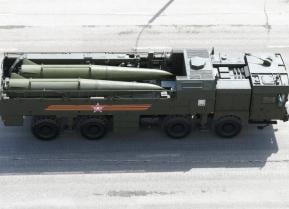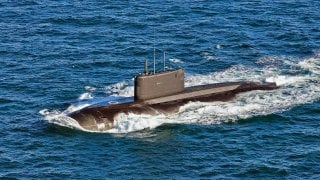'Chain-Reaction Explosion': How A Russian-Built 'Black Hole' Submarine Sank
India's rapid military expansion has faced growing pains, notably highlighted by the tragic 2013 explosion aboard the INS Sindhurakshak, a Russian-built Kilo-class submarine, which sank while berthed in Mumbai, killing 18 crew members. This class of submarine is many times referred to as the 'black hole' for being so quiet.
What You Need to Know: In August 2013, the Indian Navy's Kilo-class diesel-electric submarine INS Sindhurakshak suffered a catastrophic explosion while docked in Mumbai, marking the worst peacetime naval disaster in India's history.
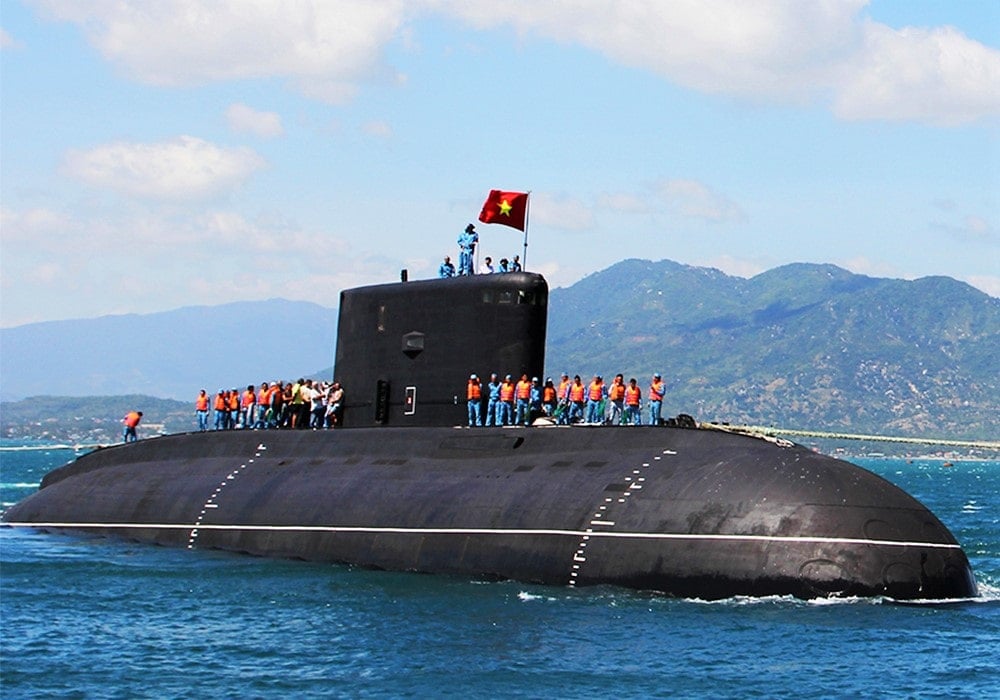
-An initial blast in the forward armament compartment triggered additional explosions, causing a massive fire and sinking the submarine. All 18 crew members on board tragically lost their lives. Investigations revealed improperly stored ammunition and expired weapons as likely causes, compounded by crew fatigue.
-The submarine had recently undergone a refit in Russia. This tragedy led the Indian Navy to implement new safety protocols and maintenance procedures to prevent similar incidents in the future.
What Went Wrong with the INS Sindhurakshak Submarine?
India is a rising great power. The largest democracy in the world, with one of the largest economies, is part of India’s rise, which entails the creation of a world-class military. India’s geographical location places it in a very precarious spot.
A nuclear-armed Islamist Pakistan lies to India’s west, as does unstable, Islamist Afghanistan, as well as a raging, rising China in its north. It would simply be strategic malpractice for India to not attempt to rapidly expand its military into a modern force that can prevent Pakistan from threatening it while deterring Chinese revanchism both along the northern land border with India and, more importantly, to the south, in the Indian Ocean.
As with any national project like this, the growing pangs are hard.
The Event: How the Submarine Sank
That was very apparent on August 14, 2013. On that day the Indian Navy’s Russian-built Kilo-class diesel-electric submarine, the INS Sindhurakshak suffered a catastrophic explosion which led to the sinking of the submarine, all while berthed at the naval dockyard in Mumbai, India. Eighteen crewmembers were lost, making this incident the worst peacetime naval disaster in Indian history.
The forward compartment on the submarine was where the Indians stored the ship’s armaments and there was an explosion there. This, in turn, triggered additional blasts, likely from a chain reaction of the stored ammunition being ignited. The explosions caused immediate deaths and eventually led to a massive fire.
As many sailors reading this know, the fire of any kind on a ship, especially a submarine, is lethal. It can spread rapidly and requires many well-trained crewmembers to respond quickly to stop it from spreading.
On that awful day, the Indian crew was unprepared for the disaster.
Yes, the crew responded. But their efforts were in vain. Firefighters on the ship flooded the affected areas with water. Meanwhile, the external damage caused to the hull by the explosions triggered flooding as well. These two events combined to sink the sub.
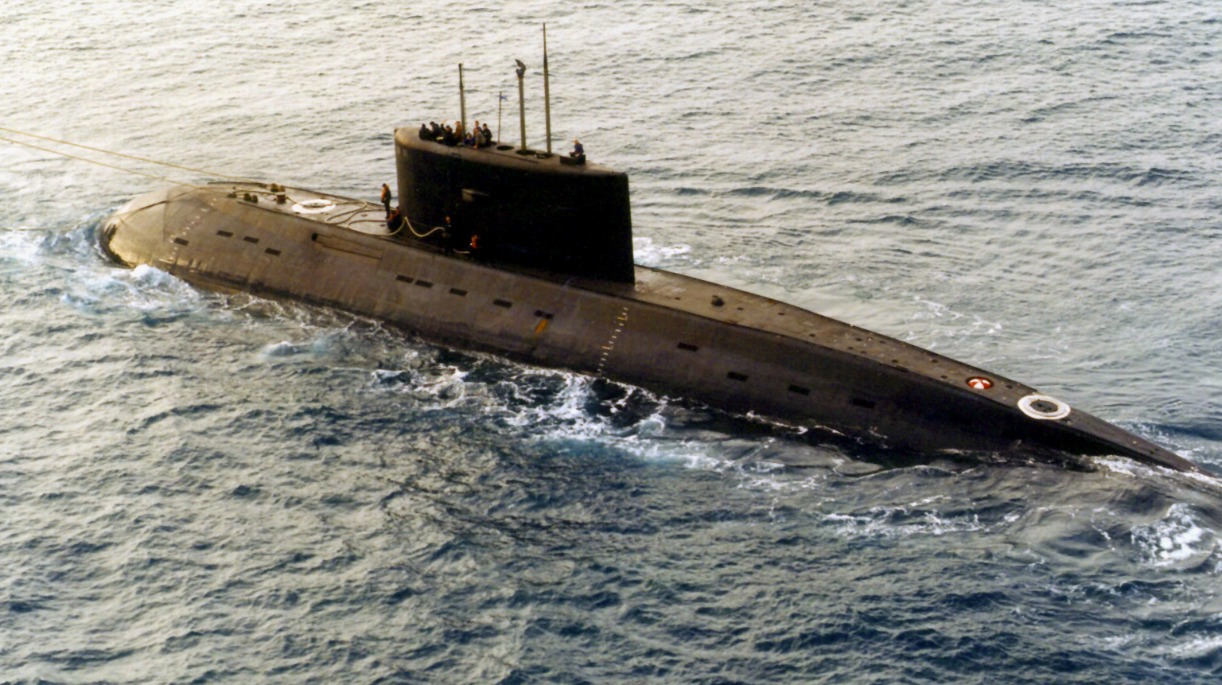
Ultimately, the crew did manage to stanch the conflagration. Sadly, they could stave off the sinking of the sub. Only a portion of the sail became visible above the water.
Believe it or not, though, the sinking of this submarine was a pivotal lesson for India’s fledgling navy, especially as the maritime branch of the Indian military engaged in a rapid modernization push to better compete with China and counter Pakistan.
Because of this disaster, the Indian Navy embraced new safety protocols and wrote entirely new maintenance processes to ensure that no other Indian submarine would suffer the same tragic fate as the INS Sindhurakshak.
What Went Wrong on This Russian-Built Kilo-Class Sub?
For example, it is believed that the crew of the submarine had improperly stored the ammunition in the forward compartment. What’s more, an official inquiry by the Indian Navy into the tragedy found that many of the weapons that were stored in the forward compartment of the sub were nearing their expiration dates. This might have led to the accidental triggering of the ammunition stores, which set off the chain reaction, and ultimately sank the submarine.
The Indian Comptroller and Auditor General, both of whom investigated this incident, determined that there was significant crew fatigue that may have led to the accident as well. The crew’s tiredness was not accurately assessed by the medical staff, meaning that there was no way that the ship’s command staff could have avoided the crisis.
Further, the Sindhurakshak had undergone a refit in Russia, where the Kilo-class submarine was built. This submarine was an older platform so the Russian maintenance job was supposed to significantly extend the service life of the boat.
The Indian government questioned whether the Russian upgrading of the submarine had anything to do with the incident. After all, it would not be beyond reason to worry that shoddy Russian engineering contributed to the explosion.
Investigators eventually returned the Sindhurakshak to the surface for deeper examination. At that point, the decision was made to eschew repairing the boat and it was instead sunk in the deep waters of the Arabian Sea. However, the incident was critical for India’s rapid modernization push for its military.
Lessons learned from the event were applied throughout India’s growing fleet and it is believed that future accidents similar to this event will be avoided.
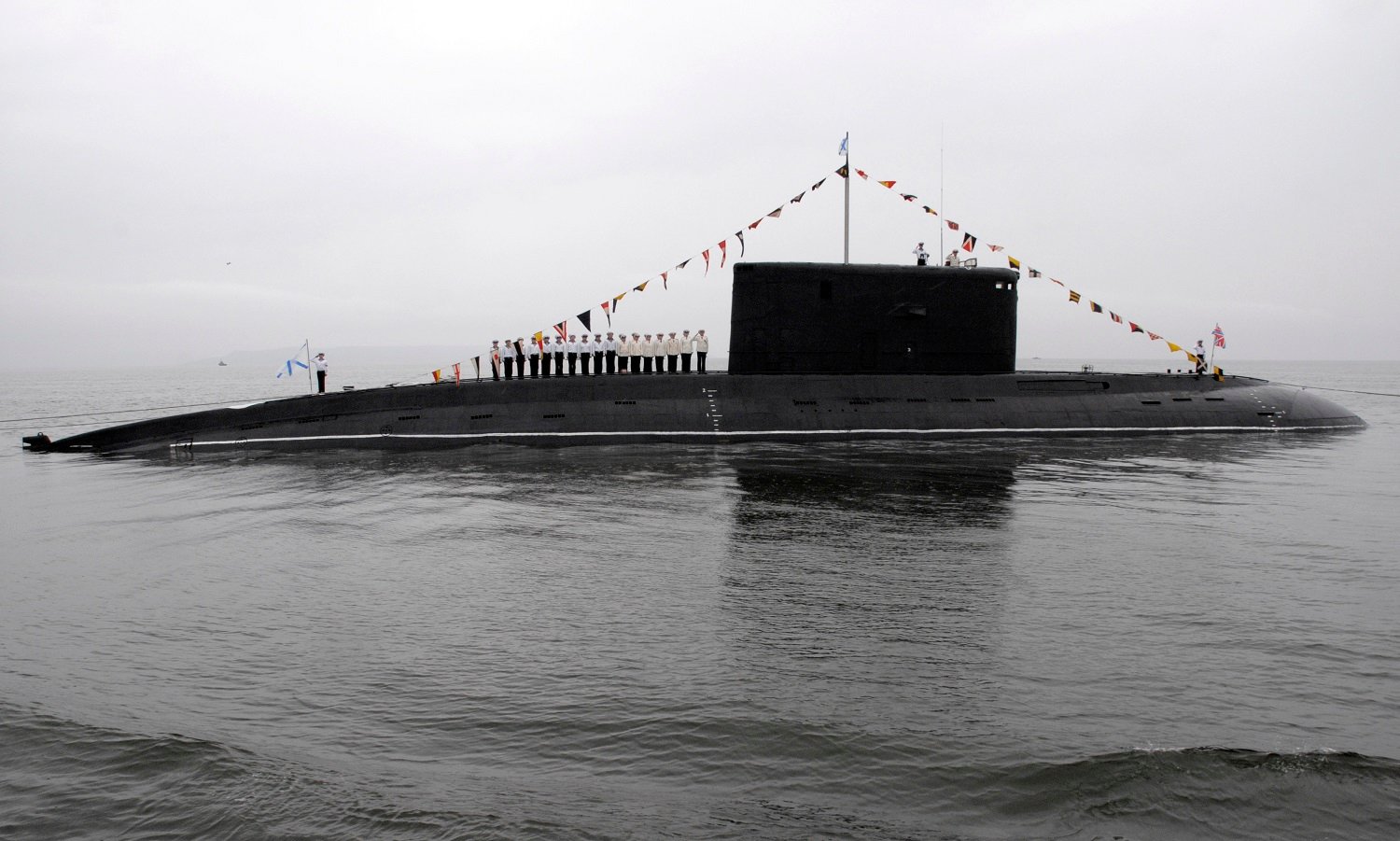
Author Experience and Expertise: Brandon J. Weichert
Brandon J. Weichert, a National Interest national security analyst, is a former Congressional staffer and geopolitical analyst who is a contributor at The Washington Times, the Asia Times, and The-Pipeline. He is the author of Winning Space: How America Remains a Superpower, Biohacked: China’s Race to Control Life, and The Shadow War: Iran’s Quest for Supremacy. His next book, A Disaster of Our Own Making: How the West Lost Ukraine, is due October 22 from Encounter Books. Weichert can be followed via Twitter @WeTheBrandon.
All images are Creative Commons or Shutterstock.
From the Vault
Russia Freaked Out: Why the U.S. Navy 'Unretired' the Iowa-Class Battleships
Battleship vs. Battlecruiser: Iowa-Class vs. Russia's Kirov-Class (Who Wins?)
